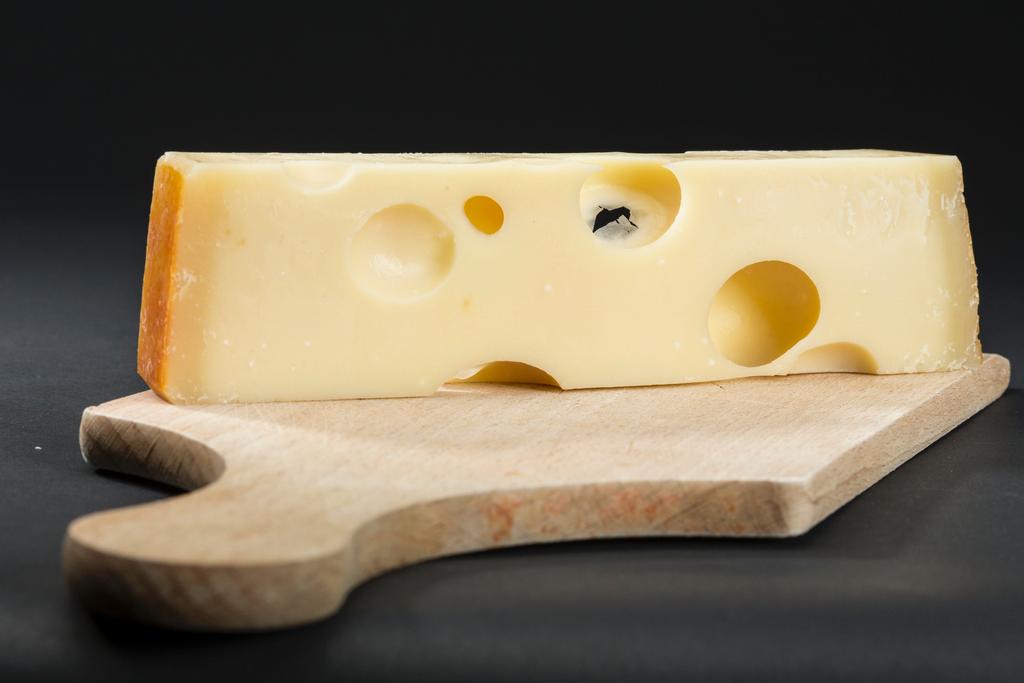One in ten cheeses in Switzerland fails hygiene test

Almost 10% of Swiss and foreign cheese samples tested in Switzerland by cantonal authorities failed to meet the hygiene criteria prescribed by Swiss regulations. Those made from raw milk were the worst offenders.
The results of the tests were released on Monday by the Swiss Association of Cantonal Chemists, who tested a total of 560 cheeses sold all over Switzerland in 2014. While a reassuring 91% of the samples met the legal requirements concerning hygiene, the same could not be said of the rest, which showed traces of certain bacteria like E. coli when tested.
“Insufficient cleaning of premises or lack of personal hygiene was probably responsible for 9% of the cheeses not making the grade,” Marco Jermini, cantonal chemist for Ticino, told swissinfo.ch. “It is not a food safety issue, but simply a sign that food processing standards can be improved on those farms.”
A higher proportion of cheeses prepared from sheep’s milk showed contamination (19%) compared to those made with cow’s or goat’s milk (8%). Soft cheeses were also more likely to be contaminated. The biggest culprits of all were raw milk cheeses: a staggering 80% of the 50 cheese samples that didn’t meet Swiss hygiene standards were prepared using raw milk. There was no significant variation between the Swiss (489 samples) and foreign (71 samples) cheeses tested.
The farms that produced the contaminated Swiss cheeses will have to take measures to improve hygiene during processing. The cantonal chemists will help them improve their practices, and will verify that they have complied with the hygiene requirements. No cheese recalls will be required. Importers of foreign cheeses will be asked to address the problem with their suppliers.
On average, the Swiss consume more than 20 kilos of cheese a year per person. According to Switzerland Cheese Marketing, the country exported over 68,000 tonnes of cheese in 2013 which constituted over 37% of total domestic production. Germany (44.2%), Italy (16.8%), France (8.1%) and the US (6.6%) were the main export destinations.

In compliance with the JTI standards
More: SWI swissinfo.ch certified by the Journalism Trust Initiative












You can find an overview of ongoing debates with our journalists here . Please join us!
If you want to start a conversation about a topic raised in this article or want to report factual errors, email us at english@swissinfo.ch.